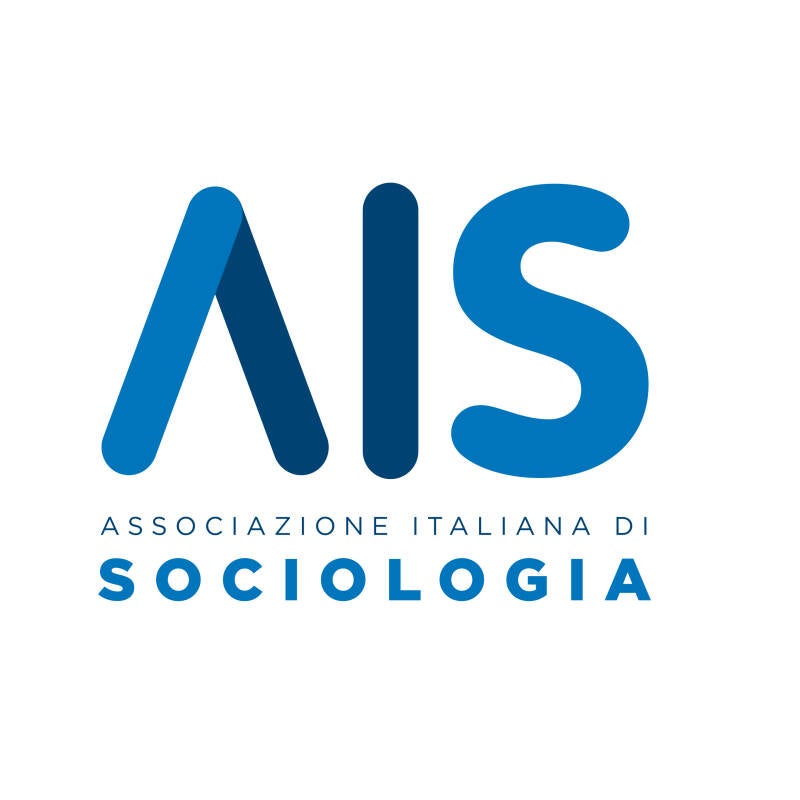THE CALL FOR PAPERS IS CLOSED!
PREMISES
The increasing logics and practices of contamination between technologies and arts - narrative, visual, auditory, audiovisual, etc. - have prompted many scholars to revisit the notion of what can be considered creative, artistic, and consequently an expression of our culture. Since the time of Benjamin (1963), the reproducibility of technique has already led to questioning how and if it was appropriate to speak of the aura of the work of art and what consequences its seriality would introduce in relation to the logics of consumption, increasingly associated with culture.
Indeed, the field of Creative Practice Research is constantly shaped and reshaped by the emergence of new technologies. While we are still grappling with the implications of how digital technologies have revolutionized methods of production, distribution, and exhibition, a more profound technological shift looms on the horizon: the advent of "intelligent" technologies, such as AI and machine learning.
The question of how technology moulds physical and social environments, collective and individual identities, and cultural and artistic production serves as a driving force for practitioners across various disciplines. The impact of technology on social systems, economic power, moral judgments, notions of reality, and the integrity of human identity encompasses two competing ideas: the concept of inherent progressive intent in modern technological advancement versus the unintended consequences and repercussions of technological influence, which, once set in motion, cannot be undone.
Thus, digital evolutions - up to the ultimate incorporations of artificial intelligence - have determined two opposing movements: on one hand, reflections, questions, and concerns about the future of culture and knowledge, regarding the processes of construction, sharing, and acquisition; on the other hand, new aesthetics and new potentialities for artistic and cultural expression.
THE QUESTIONS
Several interrogatives stimulate the debate: what will be the future of the creative industry?
Which role could human beings have and with which effort? Can AI be considered and machine learning simply a new tech, tool or media or are we facing a change of paradigm in our culture?
Again, it is not simply a cultural issue: it intercepts the same concept of reality and authenticity: “intelligent" software can manipulate audio, video, and images to produce highly realistic but fabricated content. Even if we know that the social reality is a cultural construction, what is changing is the elements by which our imaginary is made of.
There is also a flip side of the coin. AI in combination with human creativity opens up to new scenarios in terms of outcomes, artistic frontiers and cultural production. Creative practice based research could be the right perspective to collect, show and assist the reconstruction of the state of art.
CALL FOR PAPERS
In this highly polarized framework, characterized by controversial and opposing positions, the proposal for a joint SAE-UTP (Pegaso Digital University) event represents an opportunity for International scholars to engage in a dialogue, with the aim of bringing together the debate offered by the different perspectives surrounding visual, auditory, audiovisual, and textual creative productions.
From several disciplines and matching academic research with creative artistic production output, the two-days conference aims at collecting papers and artistic outputs that show how, if, what and with which consequences for the audience it is possible to combine AI with human creativity.
Through the convergence of varied viewpoints and experiences, this conference seeks to encourage interdisciplinary discussions and ignite fresh avenues for research in the field of creative practice research.
We invite scholars, technologists, artists, and industry professionals to send a 300 word abstract (English or Italian) with the presentation of their own research, theoretical reflections or literary review on the impact of AI in artistic and, more generally, creative production. Artistic installation or AI-combined creative products are welcomed for the exhibition panel, during the second day of the conference, in which artists can describe and show their production.
It will be possible to submit a poster-presentation. In this specific case, it is necessary to send a short abstract with title and the main core of the poster (max 200 words).
Please, send your proposal by the following form: https://forms.gle/XEWNim83mLKZDQXF7
The selected authors are invited to send the first draft of the paper (no more than 8000 words bibliography included) two weeks before the conference.
Proceedings will be published in an open access book by a publishing house indexed by Scopus for by the end of the 2024.

MAIN DEADLINES
- SUBMISSION: March 15, 2024.
- PROGRAMME ANNOUNCED: March 31, 2024.
- FIRST DRAFT PAPERS: June 1st, 2024.
- CONFERENCE DATES: June 28-29, 2024.
THE CONFERENCE IS FREE OF CHARGE
KEYNOTE SPEAKER
Bruce Sterling – Artist, Visionaire, Adjunct Professor - European Graduate School
Jasmina Tesanovic
Feminist and political activist, writer, journalist, musician, translator and film director
Giorgio Vallortigara – neuroscientist, etologist – University of Trento
Francesco D’Isa – Digital Artist, writer and Journalist
Giusy Caruso - Lecturer and Artist -Conservatoire of Artwerpen



Supported by


Crea il tuo sito web con Webador